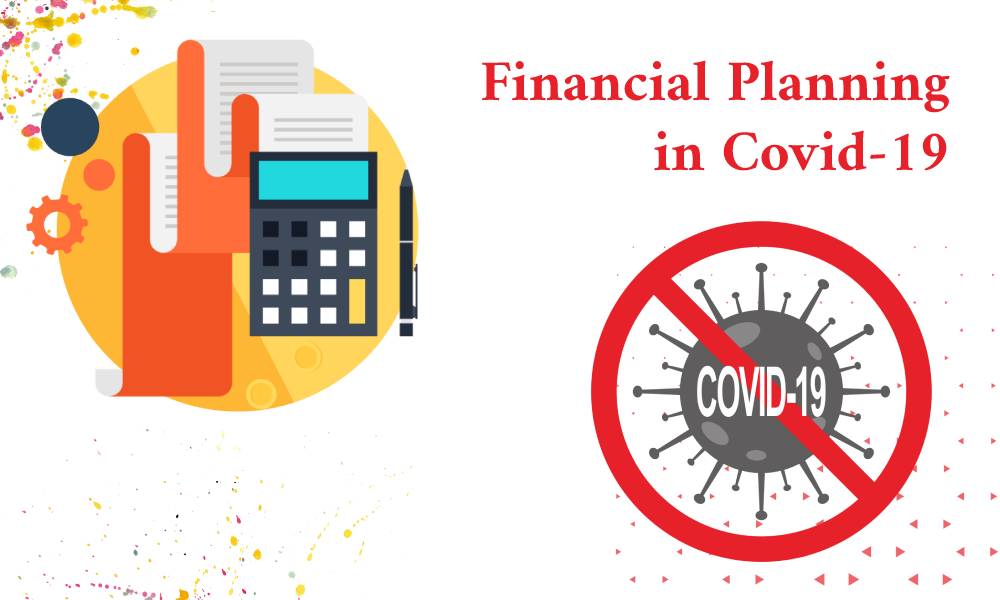While there are various financial options available to help ensure your children’s future, the first priority for parents should be a life insurance plan that supports kids in pursuing their educational aspirations in whatever field they choose. Parents’ first objective is to save money for their children’s futures. And for good reason—a young person’s career can be launched with a solid education from a recognized college.
We will thus talk about these plans today since they provide a life insurance benefit and the opportunity to maximize premium payment savings.
1. Sukanya Samriddhi Scheme For Girls:-
The Sukanya program is an excellent future kid investment plan that will assist you in building a fund for your daughter’s education if you have a girl child. Also, this plan is tax-free under Section 80c and offers an interest rate of 7.6 percent. If you want to save for her wedding or education, it has a 21-year term or it will close after her wedding, and deposits can be made until the 15th year.
For educational purposes, only up to 50% of the total SSY corpus may be withdrawn, and the entire fund must be frozen until the girl child becomes 18 years old. Even though the main disadvantage of this technique is the potential for periodic interest rate changes, the interest rate offered is still substantially higher than that supplied by banks, which is a big bonus.
2. Public Provident Fund (PPF):-
PPF is a 15-year programme in which investors can save for both of their children’s education. The 7.1% interest rate is also tax-free, and Section 80C of the Income Tax Act permits investors to deduct up to Rs. 1.5 lakhs in taxes. The PPF corpus will continue to earn income until the account is closed, and the PPF can be extended beyond the 15-year limit in five-year increments. The PPF is a desirable approach to increasing the plan corpus for both of your children due to its longer lock-in term, tax efficiency, and safety guarantee (girls or boys). PPF provides greater flexibility and can be used as an investment vehicle even after the daughter or son has died.
3. Public Debt Mutual Funds:-
Debt mutual funds are another choice for best securing your child’s future because they provide higher returns than bank deposits. Some of these strategies, though, may be a little dangerous. If you’re seeking for a long-term investment, go with the safe child selections. Gilt-edged funds, which invest the majority of their assets in government security, may also be good investments. The returns would be mainly in line with the economy’s interest rates.
4. Equity-linked Mutual Funds:-
Your money might be parked in equity funds to produce steady but greater returns if your financial goal is the schooling of both of your children. Equity mutual funds are renowned for outperforming inflation over the long term, particularly education inflation. Many stock mutual funds have produced substantial returns and outperformed even bank savings. Be advised that these are dangerous and that there is no guarantee that the markets will be high when you wish to redeem.
5. ULIP’s in Child’s Investments Plan:-
When investing in ULIPs kid plans, the family enjoys benefits like as premium payments upon the death of the parents, a monthly income to help with the child’s education costs, and a lump sum payment to help with everyday expenses. Popular ULIPs include: Future Generali Assured Education Plan, SBI Life Smart Champ Insurance Plan, HDFC SL Youngstar Super Premium, SBI Life Smart Scholar Plan, Bajaj Allianz Young Assure Plan etc..
You can read more on : www.policybazaar.com
Regardless of the fact that ULIPs have numerous benefits, investing in them is not a good idea because you must wait five years before you can access your money. Mutual funds, on the other hand, do not operate in the same way.
Although the fund management fees of mutual funds and ULIPs are very similar, you should be aware of some additional costs associated with ULIP investment. You must continue to invest for the duration of the insurance policy. Although the fund can be withdrawn, there are some drawbacks.
When compared to parents who wait five years to start, those who start now will spend less money, so you may obtain an even better return by investing in a mutual fund for your child’s education. Furthermore, even if you don’t yet have children, it is typically advisable to begin planning in advance..






